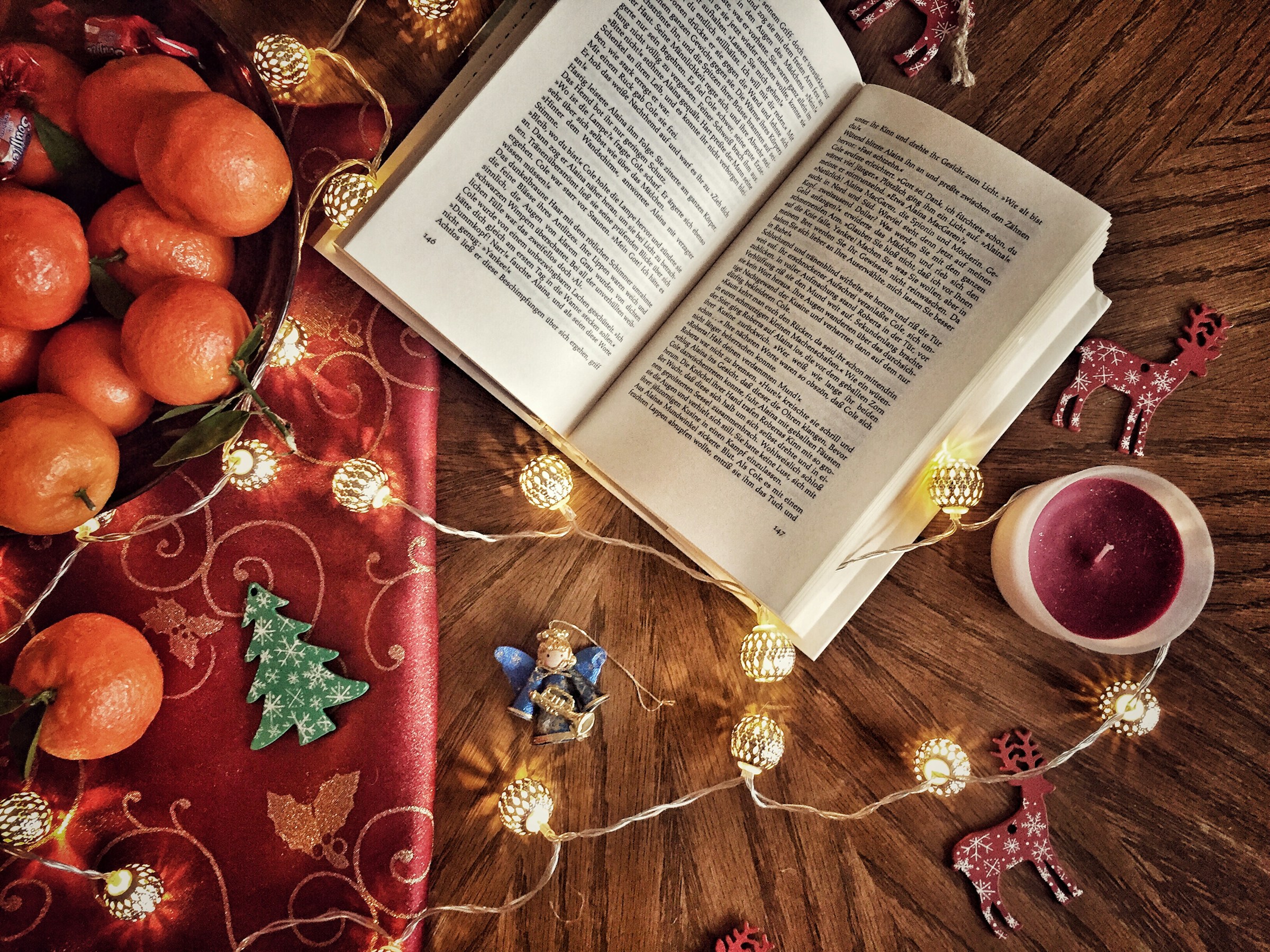Words Anonymous
As we access our favourite songs through YouTube or streaming services such as Spotify, it is very hard to avoid songs associated with the themes of love, heartbreak, desire or passion. Love songs have sold millions of copies worldwide over the decades, and even today, the most popular songs in the charts often explore what it means to be in love, or at least themes related to love. In fact, most of us can name at least one love song, or have that particular song that is a guilty pleasure, or makes us think about a special someone as we draw closer towards the most romantic day of the year. It is evident that love songs are embedded in different genres and cultures and that people enjoy listening to them, but what actually makes a good love song?
Love songs have existed for thousands of years, or at least love poems have. The first known love poem, The Love Song for Shu-Sin, was written in c.2000 BC Mesopotamia, an ancient region located in the eastern Mediterranean, and was used for the sacred rites of fertility. In the 16th century, Shakespeare wrote about love in numerous sonnets, of which Sonnet 18 describes love as an eternal summer’s day. However, by the 20th century, the “love song” as a concept became more recognisable in popular music culture which has appeared in nearly every genre of music.
Each decade of music has brought at least one iconic love song, which represents different points in time. Minnie Riperton’s “Lovin’ You” from the 1970s is an emblematic love song, showing off Riperton’s impressive vocal range which complements the soft, affectionate nature of love songs at the time. The 1980s brought more dramatic love songs, such as “Listen to Your Heart” by Roxette, and “Total Eclipse of the Heart” by Bonnie Tyler, representing an era of ballads and gated reverb. The 1990s brought romantic songs such as “Truly Madly Deeply” by Savage Garden, and “My Heart Will Go On” by Celine Dion, symbolising Jack and Rose’s fateful love story in Titanic.
Ironically, some of the most iconic songs which have been trademarked as “love songs” aren’t really about love at all. The 1983 hit song “Every Break You Take” by the Police isn’t actually a serenade, but is a song about obsession, which makes the lyric “I’ll be watching you” have a more sinister meaning. In addition, Dolly Parton wrote the iconic number “I Will Always Love You” in 1973 about leaving a seven-year professional partnership, and is not about moving on from love as a listener may think. When listening to songs, people can interpret the lyrics to suit their own experiences, one of which is the ups and downs of falling in love, even though the song wasn’t necessarily intended to be a love song.
However, the re-recording of love songs highlights how they can be recorded in various genres, such as from a country song to a million-dollar power ballad for a motion picture. Parton’s song is a perfect example, as it is also one of Whitney Houston’s most famous songs, giving Parton’s original a new, romantic take. Another example is “Always on my Mind”, which has been recorded numerous times by artists such as Elvis Presley, who provided a slow, longing version of the ballad, and the Pet Shop Boys, who recorded the iconic synth-pop 1980s version.
In a similar sense, not all love songs are positive, either, but can be about guilt or heartbreak. “The Man Who Can’t Be Moved” by The Script, for example, is a song about a man pining for a love interest that has moved on, but won’t accept it. A more prominent example is the popular tearjerker “Someone like You” by Adele, which has sold millions worldwide. Her emotional performance of the song on the BRIT Awards in 2011, accompanied only by a piano, expressed the power and intimacy love songs can have on those experiencing performances first-hand, to those watching on their screens at home.
However, at the same time songs about heartbreak and moving on from love can be positive and upbeat, such as “Go Your Own Way” by Fleetwood Mac, and “We Are Never Getting Back Together” by Taylor Swift. When screaming out the catchy chorus to Swift’s feel-good number, for example, it can feel like you’re putting the world to rights and can make you achieve a sense of empowerment that people have come to know and love from Swift.
In more recent times, the love song still continues to have a hold over the listener of popular music charts. Olivia Rodrigo’s debut single “driver’s license” expresses teenage heartbreak which young people can relate to, and it made Rodrigo the youngest artist ever to have a Billboard Top 100 single. Taylor Swift’s ten-minute re-recording of her song “All Too Well” also had people captivated all over the world, with a memorable video starring actors Dylan O’Brien and Sadie Sink, highlighting the realities which love can have.
To conclude, the phenomenon of the love song has changed and adapted over time, and have different, hidden meanings. Over the years, they have developed from predictable clich├®s, to representing different love at different points in time. However, perhaps a “good” love song doesn’t necessarily depend on the lyrics written by the artist or band, or even the genre. The elements that make a love song so special and important to the listener is how the song makes the listener feel, how the song relates to their own experiences, what a song represents, and who the listener may think of when they hear it.


